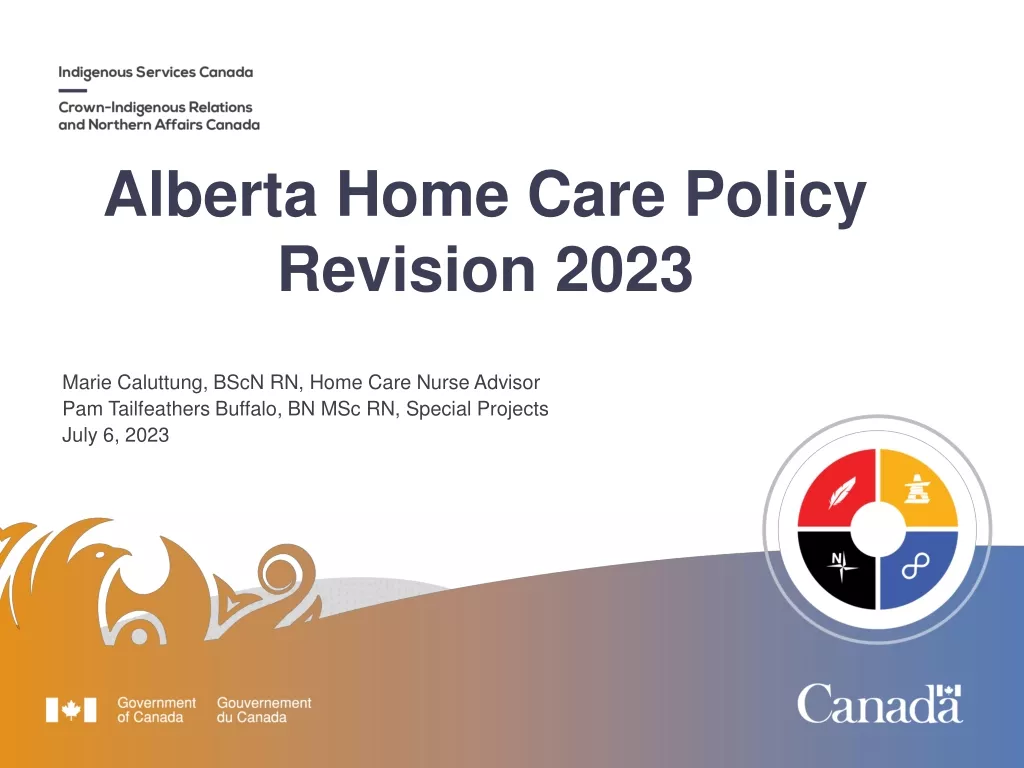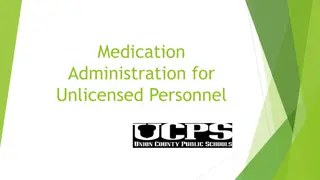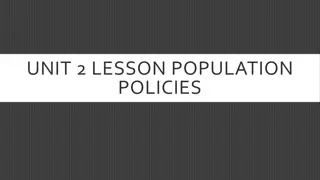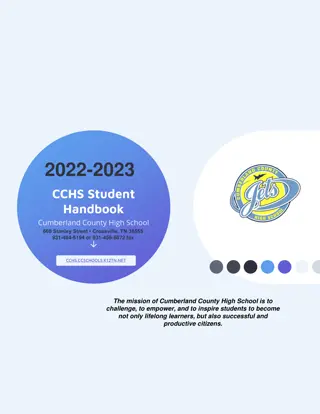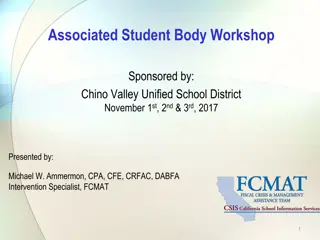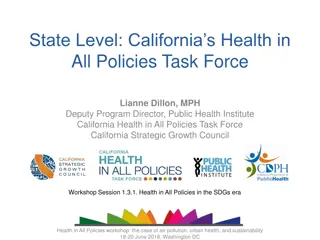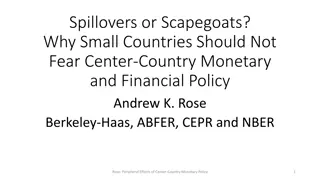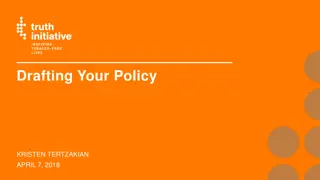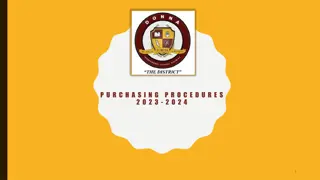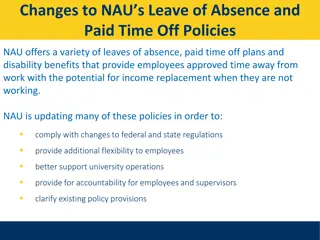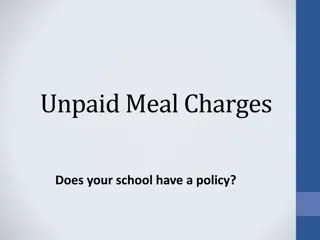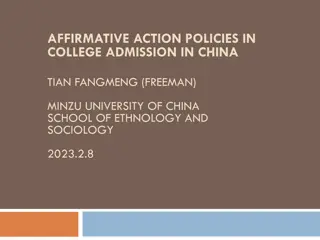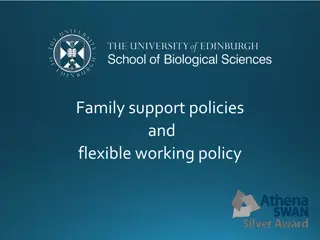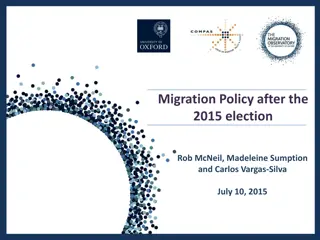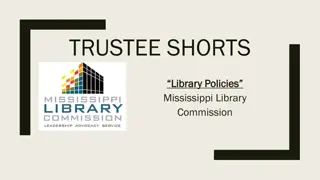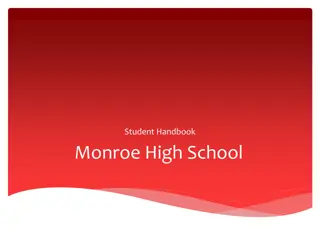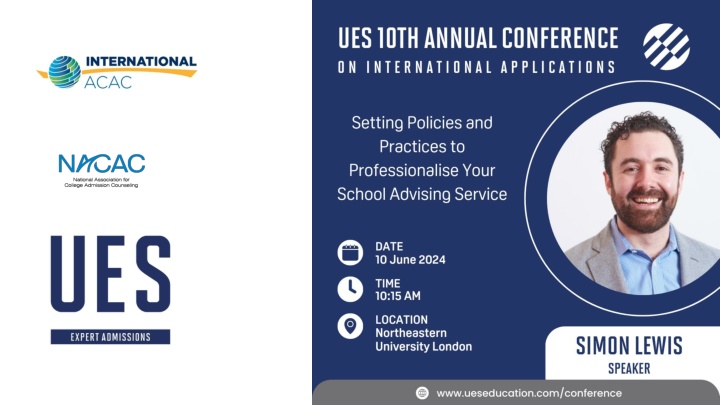
School Policy Survey Findings and Best Practices Discussion
Explore the findings from a school policy survey, including responses on university advising policies, pressure on teachers for grade inflation, and influence of independent consultants on advising practices. Dive into the data analysis and suggested best practices for policy implementation.
Download Presentation

Please find below an Image/Link to download the presentation.
The content on the website is provided AS IS for your information and personal use only. It may not be sold, licensed, or shared on other websites without obtaining consent from the author. If you encounter any issues during the download, it is possible that the publisher has removed the file from their server.
You are allowed to download the files provided on this website for personal or commercial use, subject to the condition that they are used lawfully. All files are the property of their respective owners.
The content on the website is provided AS IS for your information and personal use only. It may not be sold, licensed, or shared on other websites without obtaining consent from the author.
E N D
Presentation Transcript
Overview School policy survey - findings Building a policy framework Case study discussions Suggestions for best practice of presentatio n
SurveY: summary of respondents 57 schools responded 84% of schools based in U.K. 91% independent; 9% state schools 21% international schools 58% International ACAC members Range of curricula: 77% A Level, 25% IB, 14% AP/US High School, 4% other
SurveY: digging into data Used algorithm to look at key data and to create policy score for each school on scale of -14 to +14 16% schools: fighting fit (7+) 42% schools: fighting the good fight (1-6) 35% schools: uphill fight (-6-0) 7% schools: fire-fighting (-7 or lower)
Q: Our school has a robust set of written university advising policies that we implement in our advising practice. Survey: robustness of policies 45% 42% 40% 35% 30% 28% 25% 20% 18% 15% 12% 10% 5% 0% Strongly Agree Slightly Agree Slightly Disagree Strongly Disagree
Q: Parents/students regularly put teaching colleagues under pressure to inflate predicted or actual grades. Survey: predicted grades 70% 58% 60% 50% 40% 30% 30% 20% 10% 7% 5% 0% Strongly Agree Slightly Agree Slightly Disagree Strongly Disagree
Q: Parents/students regularly receive advice from independent educational consultants that compromises our advising policies. Survey: working with Independent consultants 40% 37% 35% 30% 30% 25% 20% 18% 16% 15% 10% 5% 0% Strongly Agree Slightly Agree Slightly Disagree Strongly Disagree
Q: Parents/students regularly put the university advising office under pressure to make material omissions in their transcripts or other school documents. Survey: material omissions 50% 44% 45% 40% 35% 28% 30% 25% 18% 20% 15% 11% 10% 5% 0% Strongly Agree Slightly Agree Slightly Disagree Strongly Disagree
Q: Our student and parent community understand their responsibilities in the university advising process and the need for integrity and transparency at all times. Survey: need for integrity 70% 63% 60% 50% 40% 30% 19% 20% 9% 9% 10% 0% Strongly Agree Slightly Agree Slightly Disagree Strongly Disagree
Q: Parents/students regularly try and bend or circumvent policies to gain an advantage in the university admissions process. Survey: gaining unfair advantage 45% 39% 40% 35% 30% 30% 25% 21% 20% 15% 11% 10% 5% 0% Strongly Agree Slightly Agree Slightly Disagree Strongly Disagree
Q: The university advising team can rely on our school's Senior Leadership Team to support our policies when students or parents question or attempt to circumvent them. Survey: support from senior leadership 60% 51% 50% 40% 33% 30% 20% 16% 10% 0% 0% Strongly Agree Slightly Agree Slightly Disagree Strongly Disagree
SurveY: key takeaways State schools had statistically significant high policy scores 60% in top tier Correlation (68%) between positive school culture and good policy score Correlation (74%) between application integrity and good policy score Most schools (88%) are facing parent pressure on predicted grades! Most university advisors feel policies supported by senior leadership
Areas for consideration Predicted grades Early Decision applications Limiting application numbers Application integrity Letters of recommendation Use of applicant data Disclosing disciplinary infractions Disclosing learning differences Working with IECs Depositing at multiple universities Student/parent contract
Benefits of written policies Set the tone and clarifies the mission Let everyone know their responsibilities Deter families seeking to bend or break rules Outline procedure when things go wrong Develop professionalism and reputation of school Reduce stress
Writing policies Rome wasn t built in a day! Decide scope of framework and list key stakeholders for each policy Seek guidance from peer institutions Refer to NACAC guidelines on best practice Consult with stakeholders i.e. HODs and SLT Workshop different scenarios Review in response to challenges
Implementing policies Case law vs statute law Getting buy-in Stress-testing Holding the line Firm, not rigid Small infractions matter Communicate closely with SLT and explain significance
Case studies Case Study 1: You are an A Level school. A parent contacts you after a student performs badly in end of Year 12 exams, resulting in worse than expected predicted grades. They request higher predicted grades for the U.S. because achieving the results doesn t matter for American admissions Case Study 2: Your Head of Oxbridge Admissions cheerfully tells you that Student X was admitted to Oxford in early January. They have been advising them on U.S. applications and know that they are holding an Early Decision offer from Columbia since mid-December. You had no idea that their UCAS applications were still live. Discuss in tables: 1. Who are the stakeholders in each situation? 2. What s the likely current response from your school? 3. What would be your preferred response?
Case studies Case Study 3: A parent contacts you requesting that a C grade in FSMQ Additional Mathematics be removed from the transcript, letting you know that their external advisor has said that it doesn t need to be reported and could harm their chances of admission at top colleges Case Study 4: A student is caught smoking at school in January of Year 13 and receives a one- day suspension as punishment. They have already submitted Regular Decision applications. The student wants to keep the punishment confidential and not inform universities. Discuss in tables: 1. Who are the stakeholders in each situation? 2. What s the likely current response from your school? 3. What would be your preferred response?
Suggestions for best practice: predicted grades
Suggestions for best practice: disclosures
University advising policies can undermine your framework of advising when: They are not written down They are not regularly communicated Key stakeholders are not informed final thoughts They are not supported by HODs and SLT They are left for years and become outdated They are not upheld consistently
University advising policies can support your framework of advisingwhen: They are written down and published on school website They are regularly communicated with families, who acknowledge them in the process final thoughts They have strong support from HODs, SLT, and stakeholders They are regularly updated in response to trends and challenges They are applied consistently

